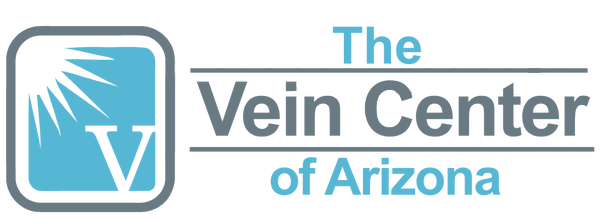The CSI of Vein Care

 Diagnosing the source of varicose and spider veins. On TV shows like “CSI,” viewers get to watch as police investigators find and collect evidence at the scene of a crime, using science to make blood splatter appear as if by magic and swabbing every mouth they can get their hands on. Many of us believe we have a pretty good grip on the process, and rumor has it criminals are actually getting a jump on the good guys using tips they pick up from these shows about forensics. CSI is the number one television show in the world, while it doesn’t have a direct connection to varicose veins or the treatment of veins the concepts that are used to determine crimes are similar to those used by a vein center to determine the root cause of your varicose veins, spider veins, leg swelling and other symptoms.
Diagnosing the source of varicose and spider veins. On TV shows like “CSI,” viewers get to watch as police investigators find and collect evidence at the scene of a crime, using science to make blood splatter appear as if by magic and swabbing every mouth they can get their hands on. Many of us believe we have a pretty good grip on the process, and rumor has it criminals are actually getting a jump on the good guys using tips they pick up from these shows about forensics. CSI is the number one television show in the world, while it doesn’t have a direct connection to varicose veins or the treatment of veins the concepts that are used to determine crimes are similar to those used by a vein center to determine the root cause of your varicose veins, spider veins, leg swelling and other symptoms.
CSI Basics
Crime scene investigation is the meeting point of science, logic and law. “Processing a crime scene” is a long, tedious process that involves purposeful documentation of the conditions at the scene and the collection of any physical evidence that could possibly illuminate what happened and point to who did it. Likewise the physical exam in the vein practice is a collection of evidence to determine if the symptoms and signs of vein disease are medical in nature. Just like in the CSI office the vein practitioner has to build up a mountain of evidence to present to the insurance companies. This can be a long and tedious process, depending on the insurance company at hand. Everyone has differing vein anatomy, and symptomology can widely vary among patients. In the case of vein treatment, there is no typical crime scene, there is some typical body of evidence and there is a practical investigative approach.
Individual, friends and family are typically the first to notice vein problems. They often point out the spider veins, swelling or skin changes that often occur with vein problems.
The Vein Specialist documents the evidence, performs a thorough evaluation of the areas of interest and collects any physical evidence and starts the documentation.
Specialists (vascular technologist) perform extensive venous duplex examination of all of the deep and superficial veins in the lower extremities to determine the anatomy and physiologic impact of the vein disease in question. The testing directly impacts the treatment options that will be considered and proper diagnosis is paramount to good treatment.
The physical evidence itself is only part of the equation. The ultimate goal is to identify the underlying cause of patient’s vein symptoms. The collection of the evidence needs to be performed in the correct manner, documented according to the insurance specifications and should be performed based on IAC standards of care.
The investigation of varicose veins or spider veins begins when the individual initiates contact with the vein specialist either by referral, direct advertising or via a free vein screening. The overall system works something like this:
The patient arrives at the office and fills out several forms (this can also be done before arrival at the vein center). An initial evaluation is performed to include a physical exam, overview of symptoms, measurements of the lower extremities and overview of exercises, compression garments and other conservative treatment options. This initial consultation allows the physician and the patient to get an overall mutual understanding for the problem at hand. The vein specialist generates initial theories based on visual examination and evidence from the patient history as to the root cause of the varicose veins, spider veins or leg swelling in question. The specialist makes recommendations based on physical evidence and symptoms to determines what diagnostic testing is needed.
The Vein Specialist may document the examination by taking photographs and schematic drawings.
The pre-certification specialist processes all of the evidence the vein specialist has collected during the consultation, any diagnostic testing results and the review of conservative management and presents to the insurance company.
Usually 4-6 weeks later the vein center and patient will be notified by the insurance company to what treatments are covered based on the evidence found and the specific plan benefits provided. At this time the patient will be called and at that time any procedures will be scheduled.
Proper vein treatment is dependent on the marriage between science, technology and investigative work. Much like the Crime Scene Investigation, experience plays a role in the ability to properly diagnose and solve the problem. The Vein Center of Arizona uses diagnostic testing, clinical evaluation and proven processes to accurately determine the root cause of your vein symptoms and how to best treat the condition. Read success stories from real Vein Center of Arizona patients. Take the Free Vein Screening now and find out if you have medical vein disease!
